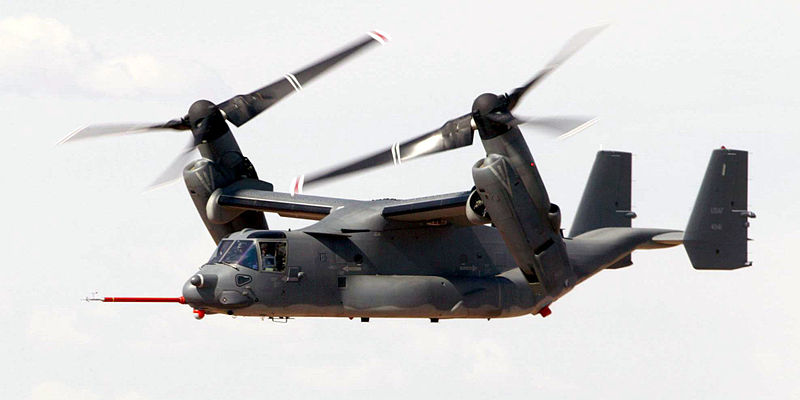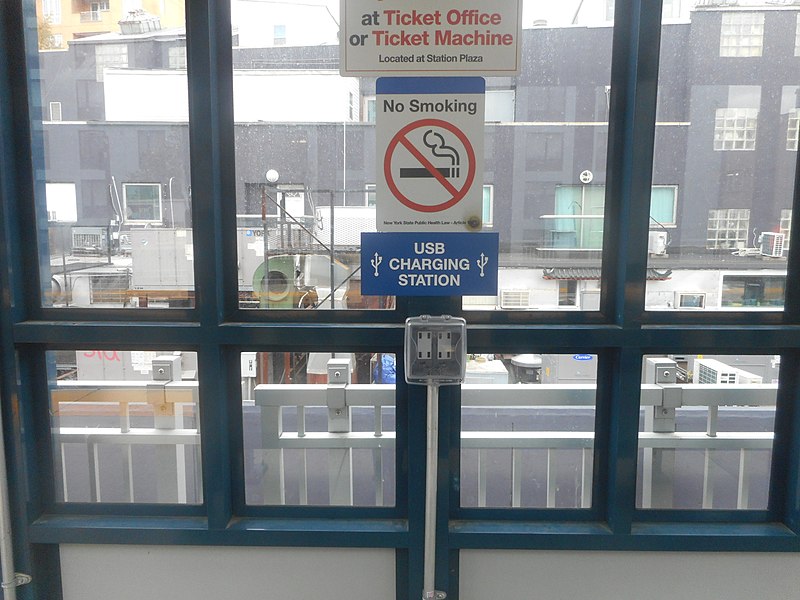The safety of the U.S. military’s V-22 Osprey aircraft has been thrust into the spotlight following a fatal crash off the coast of Japan. The incident, which occurred during a routine training mission on November 29th off Yakushima Island, claimed the lives of all eight U.S. airmen on board. Debris recovered from the water indicates material failure as a cause.
In response to the tragedy, the U.S. military has taken precautionary measures by grounding all Osprey V-22 aircraft, underscoring concerns about the aircraft’s safety. The Osprey fleet remains indefinitely grounded pending the investigation’s determination of the Japan crash cause and recommendations for resuming operations.
Versatility and Global Operations of Boeing V-22 Osprey
The Boeing V-22 Osprey is a versatile American tiltrotor military aircraft equipped with vertical take-off and landing (VTOL) as well as short take-off and landing (STOL) capabilities.
Japan is the sole country, apart from the United States, operating “Ospreys,” making the U.S. and Japan the exclusive global operators of V-22s.
Boeing has delivered over 400 versatile “Ospreys” thus far, primarily utilized by the U.S. Air Force, Marines, and Navy in Japan. These crucial aircraft play a key role in transporting supplies and personnel to the USS Carl Vinson, a U.S. Navy aircraft carrier currently stationed in Japan.
Safety concerns:
Over its 16 years in service, V-22s have experienced 12 crashes, including two in combat situations, raising significant safety concerns.







